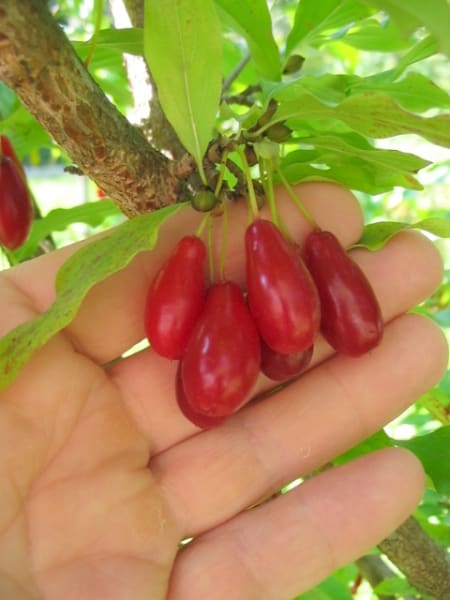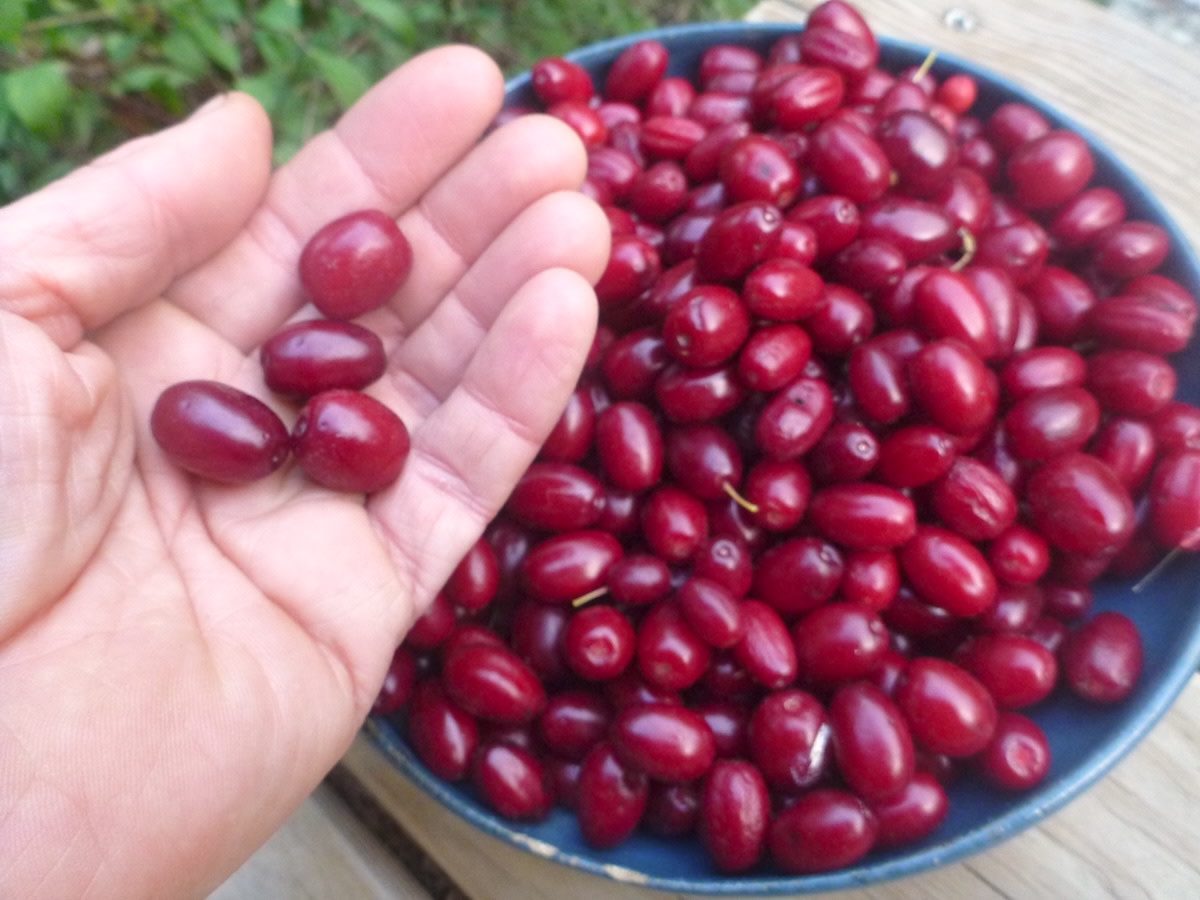We grew these plants from cuttings we got from basketmaker Johnny Suderman in Ontario. He describes the plant as having long non-branching purplish-red rods with blue-green leaves. When he soaks them for basketmaking, the stems turn “dark grey with some purple-red.” This is his favorite willow for baskets.
Once established, you can coppice it annually for a perpetual source of basketmaking material. Z4. (1-2') NEW!
Items from our perennial plants warehouse ordered on or before March 7 will ship around March 31 through late April, starting with warmer areas and finishing in colder areas. Orders placed after March 7 will ship around late April through early-to-mid May, in the order in which they were received.




